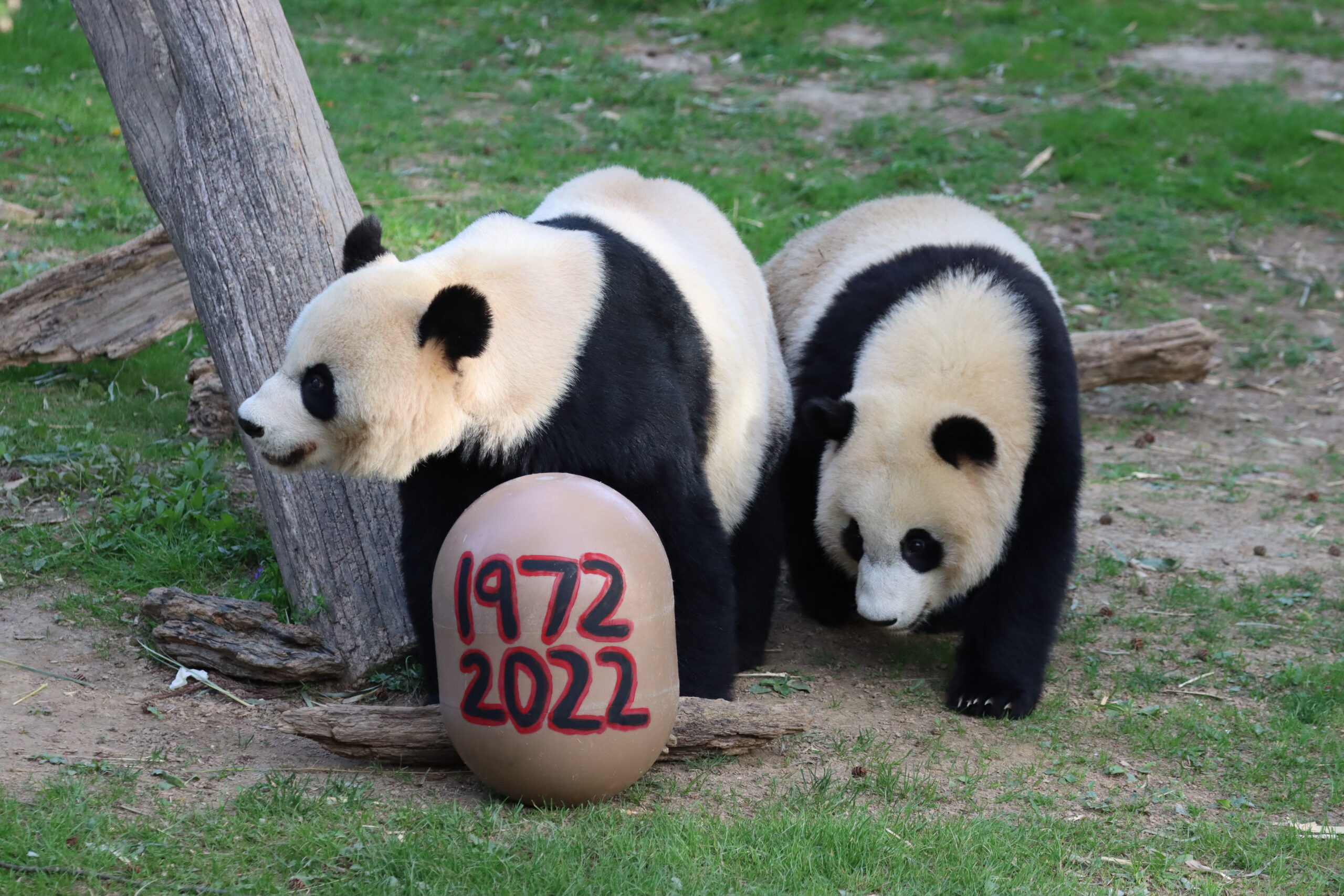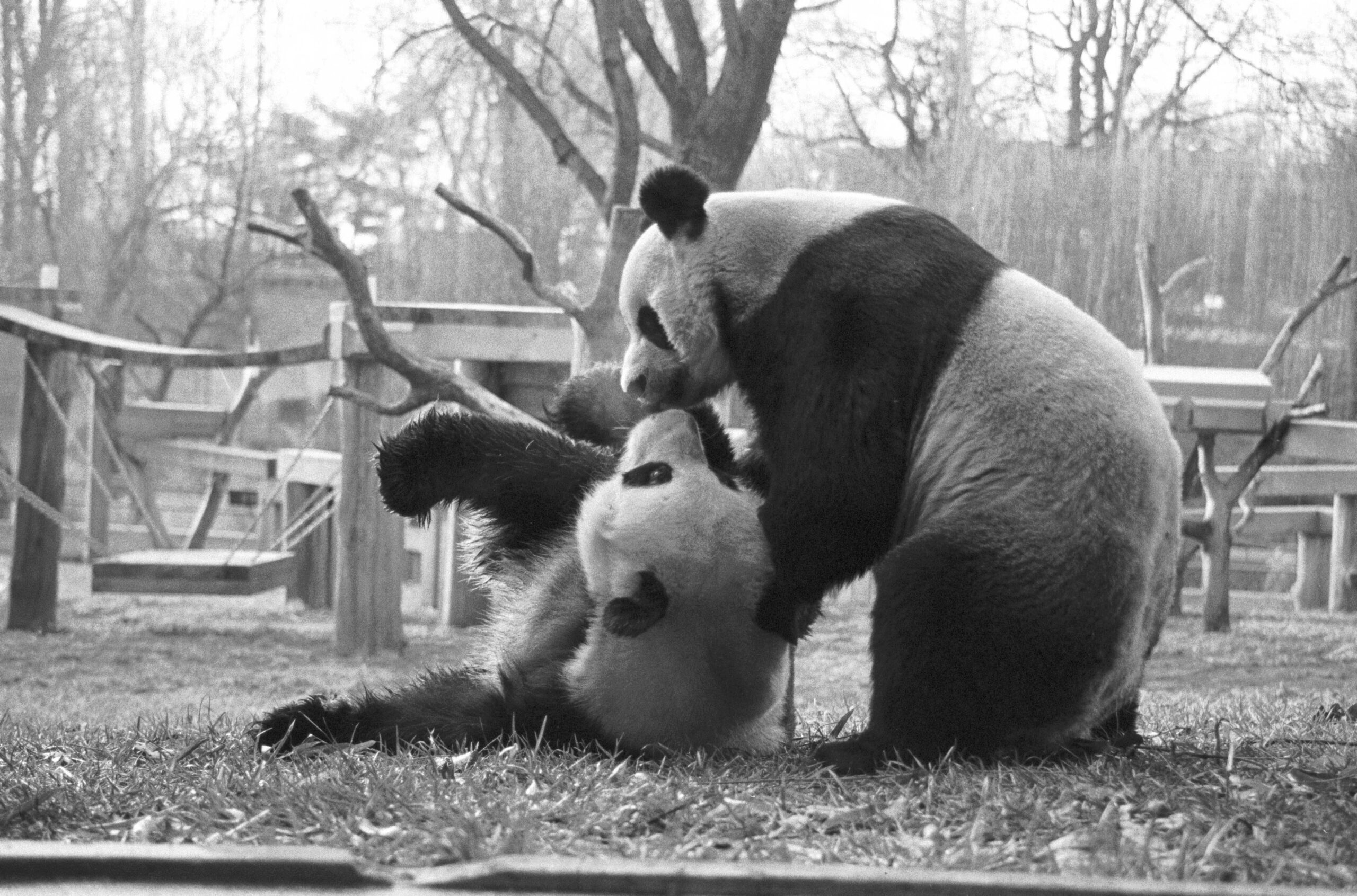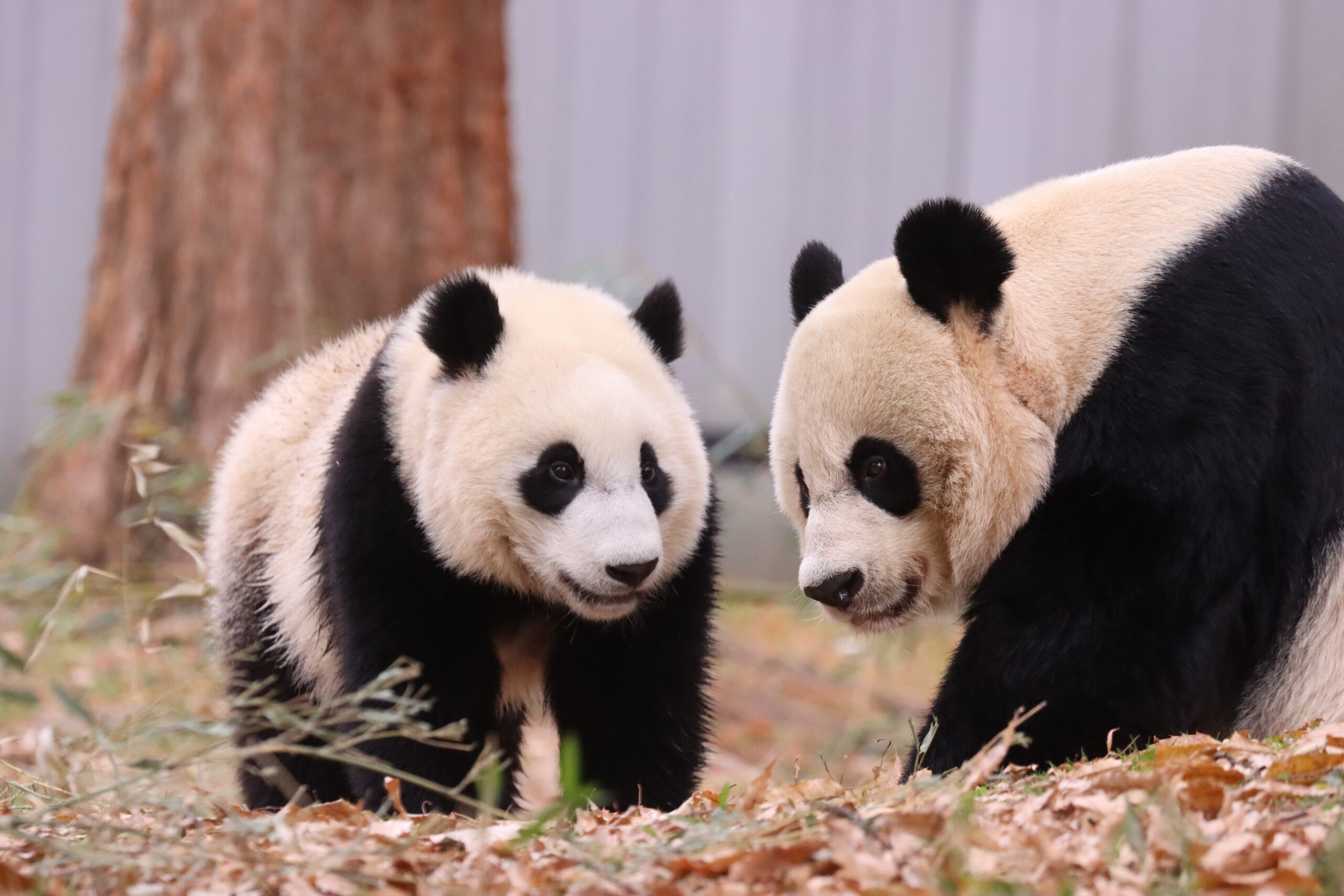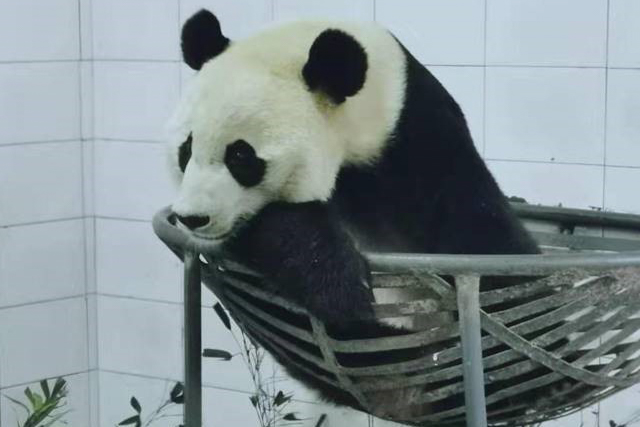Smithsonian's National Zoo imports Frozen Panda Semen From China
On the evening of April 20, 2015, a National Zoo police car arrived at Dulles Airport to meet Caitlin Burrell and the container of frozen giant panda sperm she had carried with her from China. Burrell is a research scientist at the Smithsonian Conservation Biology Institute (SCBI), and her journey has just opened a new window of opportunity for diversity among panda breeding programs.
“Getting the sperm here was a huge endeavor,” says SCBI veterinarian Copper Aitken-Palmer. “It sets a nice precedent, because it really has never happened here in the United States before. It opens up a lot of possibilities.”
The team had to jump through a tangle of administrative hurdles to make it happen, however, including obtaining permits from the U.S. Fish and Wildlife Service, the U.S. Department of Agriculture, the Convention on International Trade in Endangered Species (CITES), and the Chinese Government. Not only that, but to make the trans-oceanic journey with a carry-on container of frozen sperm, the team needed approval from the airline, and to by-pass security’s X-ray machines which could have damaged the sperm’s DNA, they needed special permission from TSA.
Throughout the journey, which spanned more than 20 hours and 7,000 miles, the cooler of liquid nitrogen needed to remain upright, because tilting it on its side could have compromised the temperature, which had to be maintained at -196 degrees Celsius.
The sperm, taken from a nine-year old panda named Hui Hui will be used to impregnate the Zoo’s 16-year-old female panda Mei Xiang. It’s more than just an exercise in cross-cultural panda relations. Panda breeding experts wanted Hui Hui’s sperm in particular because his lineage is not well represented in the captive panda population.
“What we’re trying to do is make sure that the gene pool of the captive population stays as diverse and as healthy as possible,” says Jon Ballou, a conservation geneticist at SCBI. There are just 397 giant pandas in captivity, and scientists would like to raise that number to 500. As matchmakers to the world’s giant panda programs, Ballou and a colleague from the International Union for the Conservation of Nature analyze the global database every year to determine which males should be mated to which females.
“We call it the stud book,” Ballou says. “The most genetically valuable ones will be the ones that haven’t done very much breeding before. They’re closely related to, or they are, animals that have come out of the wild, and they’re unrelated to the females we want to breed them with.”
Hui Hui, stud number 609, has not yet reproduced. His father came from the wild, and his mother was just one generation removed from the wild. He was a good match for the Zoo’s Mei Xiang.
“Mei Xiang is pretty important for the giant panda population,” says Aitken-Palmer, “because there’s not a lot of offspring from her lineage.” Although she has already borne two cubs with the National Zoo’s Tian Tian, his lineage is not as valuable. “His father was really good at natural mating before we had artificial insemination figured out,” she adds. “We kind of joke that he’s everybody’s daddy, and because of that Tian Tian’s lineage is pretty well represented.”
Selecting this new mate for Mei Xiang was the easy part. Figuring out how the match would be made was another story. Bringing Hui Hui to the U.S. was out of the question. But sending sperm from China had never been done. According to Aitken-Palmer, the first actual shipment of panda sperm from China was sent to a Memphis breeding program via FedEx just last week. But with spring approaching, and Mei Xiang nearing the two- to three-day window of fertility, breeders at the Zoo didn’t want to take the chance that something would go wrong. They decided to travel to China personally to escort the precious cargo back.
For all the difficulty in getting it here, Hui Hui’s sperm seems to have arrived just in time. Mei Xiang is showing signs that she will be going into estrus in the next week or two. It may take a long time before we know if all this effort will bear fruit, however. In giant pandas, a fertilized egg doesn’t necessarily implant and start to grow right away. So even if the artificial insemination works, a new panda cub could take 80 to 180 days to arrive at the Zoo.
Breeders at the Zoo will begin taking ultra-sounds of Mei Xiang soon after insemination, but for at least the first two months it will be just to get her used to the process. Panda fetuses don’t even show up on an ultra-sound until 17 to 20 days before birth.
“They like to keep us waiting,” says Aitken-Palmer. “I’m excited about the breeding season because there’s a lot of unpredictability around it, but we also have a lot of science that we use to gauge the right time for artificial insemination. We have pretty good odds on making panda babies.”










